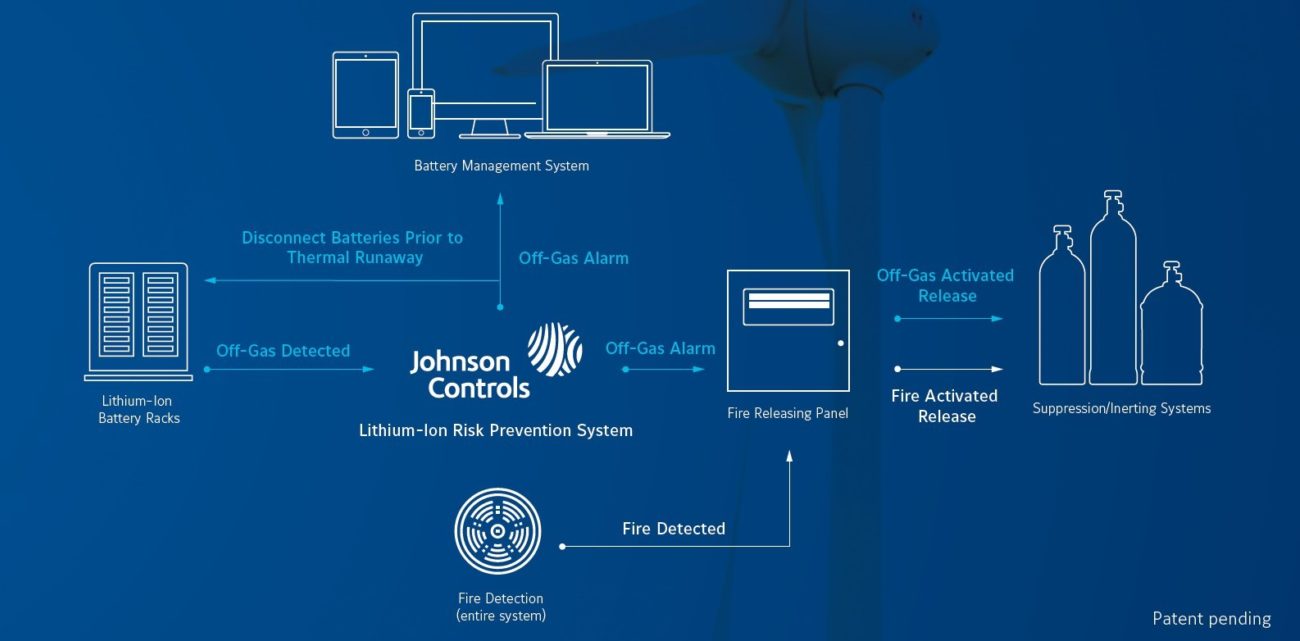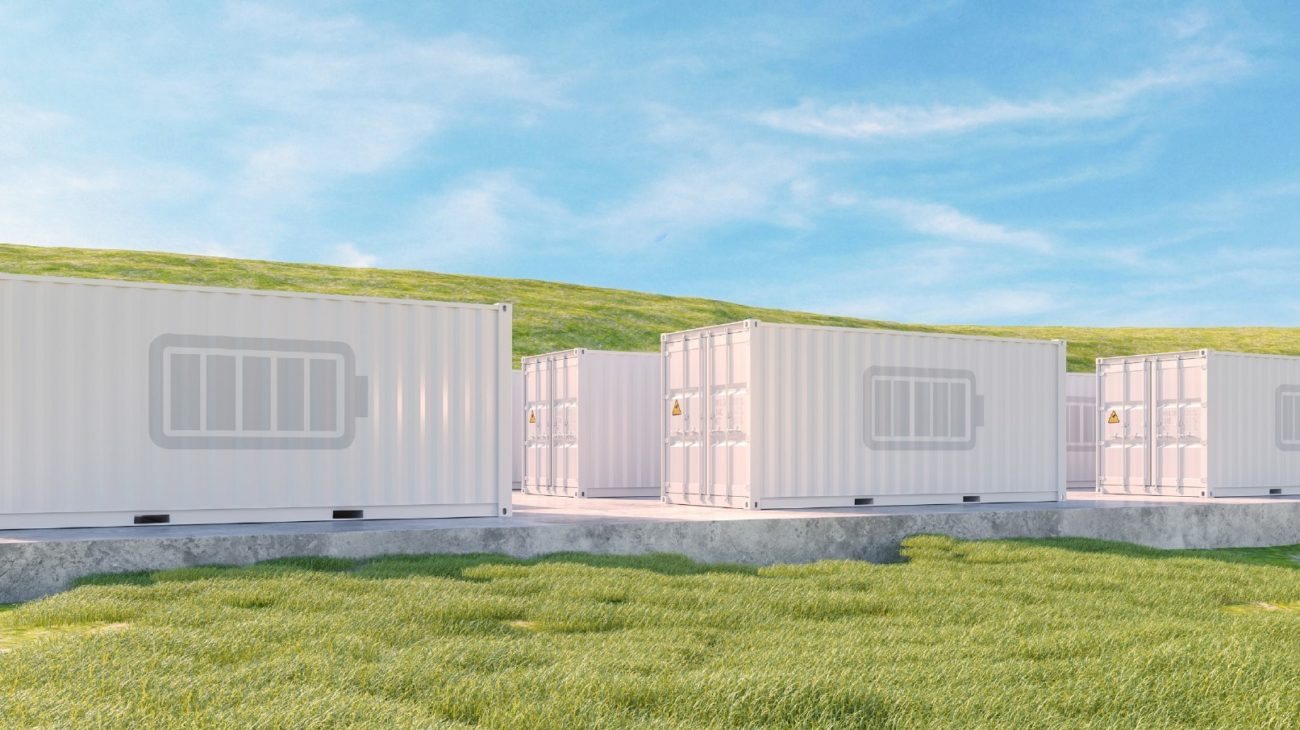Advantages of Lithium-Ion Fire Risk Prevention Systems
- Lithium-Ion battery technology for Energy Storage Systems
- Provides an early warning detection of off-gases/toxic vapors
- 5 Second response time
- 24/7 Protection
- Provide peace of mind when you're off-site
Lithium-ion batteries offer high energy density in a small space. That makes them highly suitable for stationary electrical energy storage systems, which, in the wake of the energy transition, are being installed in more and more buildings and infrastructure projects around the world.
With the continuing focus on climate change, we see a future where our energy requirements will increasingly come from renewable sources such as wind, wave and sun. This is a vital element in our request to reduce emissions. The trend to decrease environmental impact is helped by lowering costs of ESS and favorable regulations in many countries.
However, these positive characteristics have unique fire risks. This challenge can be addressed effectively by means of an application-specific fire protection concept for stationary lithium-ion battery energy storage systems.
The new Lithium-Ion Risk Prevention System has been designed to prevent thermal runaway in industrial Lithium-Ion Energy Storage Systems (ESS).
How does the system work?
One of the early warning signs of a problem is the production of off-gases, and if detected early enough can allow actions to be taken that may prevent such a catastrophic event.
The Lithium-Ion Risk Prevention System is designed to monitor the batteries and detect these off-gases/toxic vapors in order to provide an early warning detection.
There are two Lithium-Ion Risk Prevention Monitoring Sensors used in the system:
A reference sensor and a monitoring sensor.
The reference sensor provides surrounding ambient air data to the controller, while the monitoring sensor is placed within the battery racks or racking system to allow for capturing data relating to the air directly adjacent to the Lithium-Ion batteries. The controller is constantly monitoring both the ambient environment and battery rack air for changes of less than 1 ppm of Lithium-Ion off-gas compounds.
The system is seeking to detect the presence of off-gases, indicating the early stages of battery cell malfunction prior to thermal runaway. The system will communicate with the battery management system, to shut down the failing batteries and, when combined with the fire detection and Inergen® or SAPPHIRE Fire Suppression Systems, may activate the suppression system to mitigate off-gas ignition and inert the area, while providing local and remote alarms to inform personnel and emergency response teams
Lithium-Ion Safety System Operation

Applications for the Lithium-Ion Fire Risk Prevention Systems
- Battery Energy Storage Systems
- Wind Farms
- Solar Farms
- Data Centres
- ESS
- Lithium-Ion Battery Charging
- Battery Rooms
- Energy Storage Systems
- EV Charging Station Battery Storage
- Off Grid Energy Storage
- UPS
- CHP
- Bio-Energy
Tells us about your project
We're always available to advise on the best solution for your project.
Call us on 01628 602107
Email us at [email protected]
